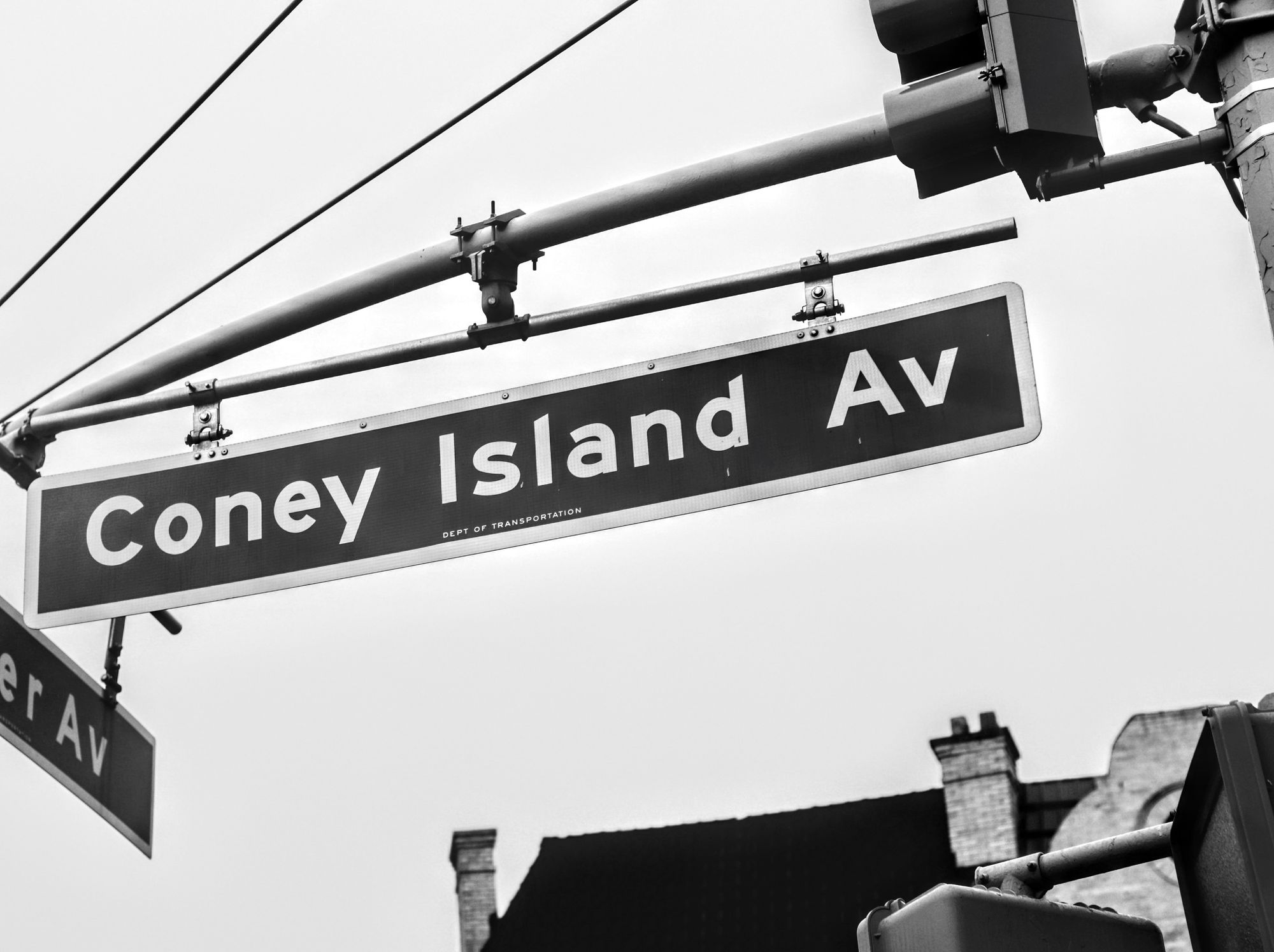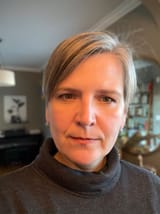Friday, Sept. 10: Remember Everything

There are not many dates that shape the ways of the entire world. September 11, 2001, was one of them. Everything was different after that day - some for better, some for worse. I don't think I would have ended up living in Brooklyn if it was not for 9/11 and the fact that my then-boyfriend and now-husband was adamant he wanted to be back in his hometown. And if I hadn't, there would not have been a Bklyner.
I'm a bit overwhelmed as I sign off now. Trying to figure out how to create and integrate solid local news into modern life, and how to make it sustainable has been an obsession of mine for the last 15 years. I think we did all right on the former, not so much on the latter, and I am truly sorry for that.
I'd like to think that Brooklyn will be all right, but local news about it is incredibly scattered when it does get reported, and I fear few stories will be followed consistently. Greenpoint, thanks to the dedication of Julia Moak (follow and support Greenpointers if you live there) and Bushwick, thanks to Alec Meeker (same for Bushwick Daily) will continue to get covered as long as these two keep going. Zawadi Morris at BK Reader has been steadily covering the issues of Black Brooklyn.
But there is quite a bit of Brooklyn beyond that. It's great that we can discover new restaurants and businesses easily on social media and get Citizen updates on crimes as they happen. But to understand society and how it functions means asking, in a consistent and ongoing way, why something is or is not happening. It is hard to do something about something you do not know about.
We end today with two stories close to my heart. One is the Culver El Condos affordable housing project, which was one of the first stories I did back in 2007. I was hoping that I would be able to report that after almost 20 years since it was first proposed, and over two years since the construction on Phase 1 was completed, the 36 three- and four-bedroom units would be occupied. As of today, they are all still sitting vacant, during what is one of the worst housing shortages in decades.
The other is a story of Coney Island Avenue. While I have not walked the length of every street in Brooklyn, I have made the point to walk some of them regularly - Flatbush Avenue, Bedford Avenue, 18th Avenue, McDonald Avenue, and my favorite - Coney Island Avenue. Our office used to be above the 773 Lounge, tucked between George's Diner and a mosque. Unlike say Flatbush, Coney Island Avenue is the back alley, working street of Brooklyn. It's messy, vibrant, and a cross-section of so many incredible communities. Billy walked the length of it yesterday for his final story and I urge you all to read it.

The 20 Year Saga of The Still Empty Culver El Affordable Condos
Liena Zagare • 4 min read
The Culver El Affordable Housing Project on 37th Street has been almost 20 years in the making and so far has resulted in exactly zero affordable housing units. Yes, 36 of the 68 large affordable condo units have been constructed, but they are all still sitting empty more than two years after having been completed, despite the city facing the worst housing crisis in decades.

A Tribute To Coney Island Avenue
Billy Richling
Coney Island Avenue, the six-part audio series, which was released this week, is designed to accompany a listener’s self-guided walk down the 5-mile-long Brooklyn thoroughfare from which it takes its name. The route crosses through an eclectic mix of neighborhoods and communities as it connects Prospect Park with Brighton Beach and the Atlantic Ocean.
“Each neighborhood feels like its own world, with its own language, food, architecture, and culture,” Ogden told Bklyner. “In many ways, it's a microcosm of the borough and the city at large.”
Along the way, we listen as a host of characters from different eras and walks of life talk about their memories, leave voicemails for unidentified loved ones, and worry about their futures. The most prominent of these voices, and the one that gives the project its narrative arc, is that of Ayesha, an immigrant from Karachi, Pakistan, who moves with her new husband to Brooklyn’s Little Pakistan neighborhood at the turn of the 21st century.
Of course, none of us can go back to the way things were before, whatever “before” means for each of us. But when we step out our front door and walk down the block, we can take a deep, slow breath of city air. We can take a closer, more generous look at the places and people around us, the stories they offer, the endless complexities they hide, the triumphs and tragedies that still await them. We can think about how lucky we are to get to be here together. We can take a moment to wonder where all the time has gone. Then we can turn our thoughts to where it will go next.
That's it. You've made it to the end of today's edition - our last for a while, though hopefully not forever. While I take some time off, you can still reach me at Liena@bklyner.com, I may just take a little while to get back to you.
❤️ Be well, be kind, and take care! ❤️ And if you are on the mailing list, you will be the first to know if Bklyner comes back.❤️




